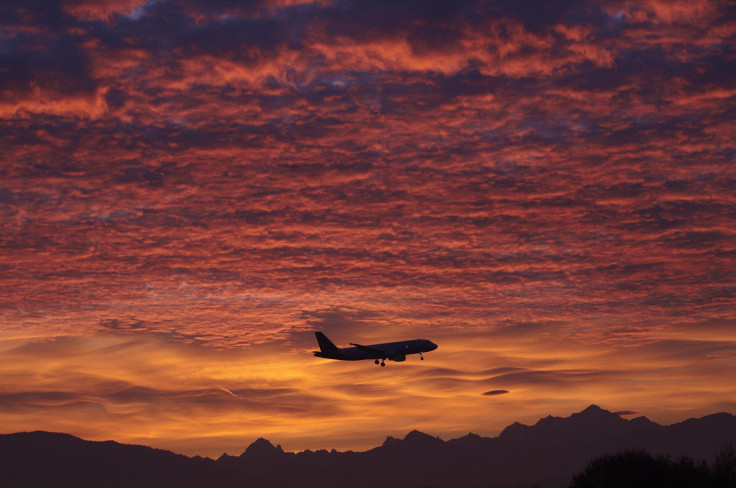Why The World’s Longest Flights Keep Getting Canceled (For Good)

Singapore Airlines announced a $7.5 billion order for five new Airbus A380s and 20 A350s Wednesday for additional capacity growth and fleet renewal. As a footnote, however, it said this would result in the cessation of nonstop routes from Singapore to Los Angeles and Newark, putting an end to the world’s longest flights.
Ultralong flights on the world’s top carriers haul passengers over the North Pole and offer some of the greatest services in the industry with gourmet meals, fully flat beds and a multitude of entertainment options. Yet, as fewer people appear willing to fork over top dollar and fuel prices hike up fares, many carriers, like Singapore Airlines, are cutting back services.
The carrier’s CEO, Goh Choon Phong, called the move “disappointing,” but he explained that the intercontinental trips were just not economical anymore. Singapore Airlines will instead continue the routes through connecting flights.
“Over the past two years, we have increased capacity to both Los Angeles and New York by deploying A380 superjumbos on flights via Tokyo and Frankfurt. We will also continue to explore additional options to enhance our U.S. services,” Phong stated.
The flight time between Newark and Singapore (9,525 miles) is roughly 18 hours, while the trip from Los Angeles is about 1,500 miles shorter but takes 18 hours and 30 minutes as the aircraft hits trade winds across the Pacific Ocean. With new connections, the trips will take around five hours longer.
Both routes use Airbus A340-500s, which will be sold back to Airbus in the fourth quarter of next year.
Singapore Airlines began the routes in 2004 but struggled to make them profitable in the current economic climate. Both were run on an all-business-class basis with an average cost of $7,000 to $11,000 per seat.
In the absence of the Singapore Airlines flights, Qantas will have the longest flight with its 8,575-mile route between Dallas-Fort Worth and Sydney, though the longest-lasting flight will be a 17-hour Delta Air Lines route connecting Atlanta with Johannesburg.
Global carriers have terminated at least three other flights of 15 hours or longer this year. American Airlines ended its Chicago-New Delhi route in January after the airline filed for bankruptcy, Thai Airways canceled its nonstop route from Bangkok to Los Angeles in May, and Delta Air Lines dropped its underperforming Detroit-Hong Kong route in August.
Though many factors have contributed to the decline, Henry Harteveldt of Atmosphere Research Group said it really boiled down to two things: the price of fuel and the airplane.
“The cost of jet fuel in the U.S. in September 2011 was $2.95 a gallon, and it’s now $3.19 a gallon. These planes obviously consume an enormous amount, and with fuel more expensive, it eats into any margin,” he said.
Long flights require more fuel, which gives the aircraft more weight and, in turn, means it has to use more fuel per mile than shorter routes. Airplanes like the ones Singapore Airlines uses for its flights to Newark and Los Angeles were designed when fuel was not as expensive as it is today.
“Singapore has tried different cabin configurations, but they still can’t get the mix of seats where they would like it to be” for the flights to be profitable, Harteveldt said. “It’s a balancing act.”
Moreover, he noted that some people just don’t want to be in a plane for 18 hours.
“While you are saving some time with these long nonstop flights -- and time is valuable for business travelers -- some will say they’d rather save the money and make a connection. Some travelers say, ‘I know I can fly nonstop, but mentally and physically I need to have that break.'”
The rise in Asia’s low-cost carriers hasn’t helped either as the traditional companies face increased pressure to keep prices down in order to compete.
While recent events may not signal the end of ultralong-haul flights (Emirates Airline, for one, increasingly connects faraway destinations with Dubai), until more fuel efficient planes are built to travel 8,500 miles and beyond, additional intercontinental flights may face the chopping block in the coming years.
© Copyright IBTimes 2024. All rights reserved.






















